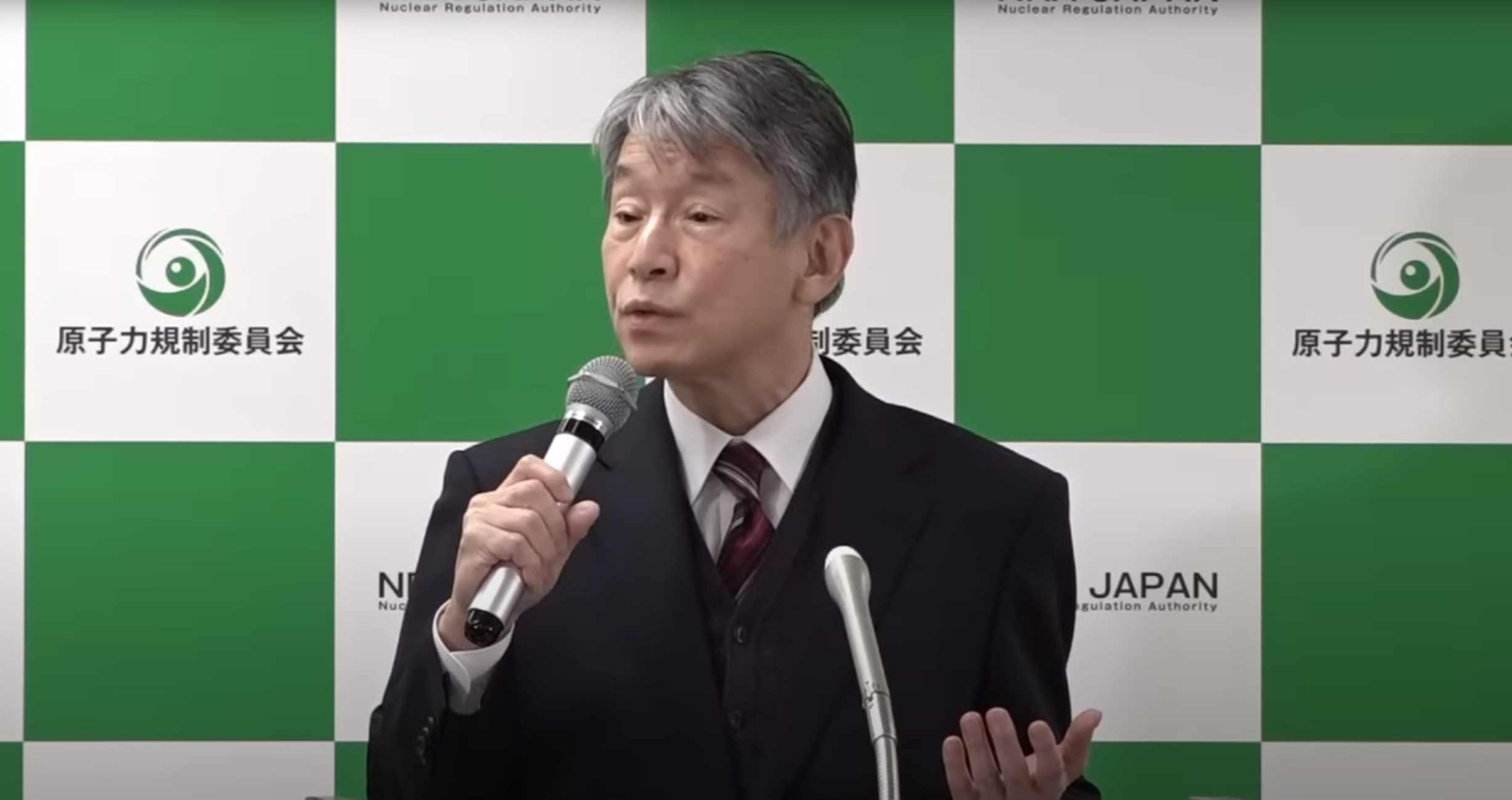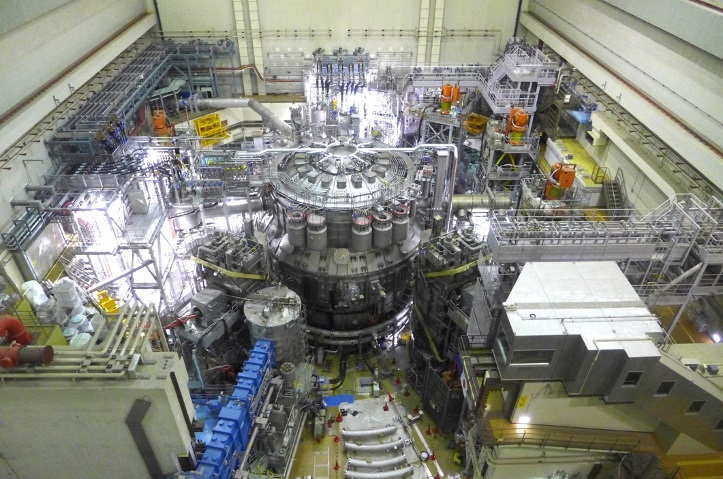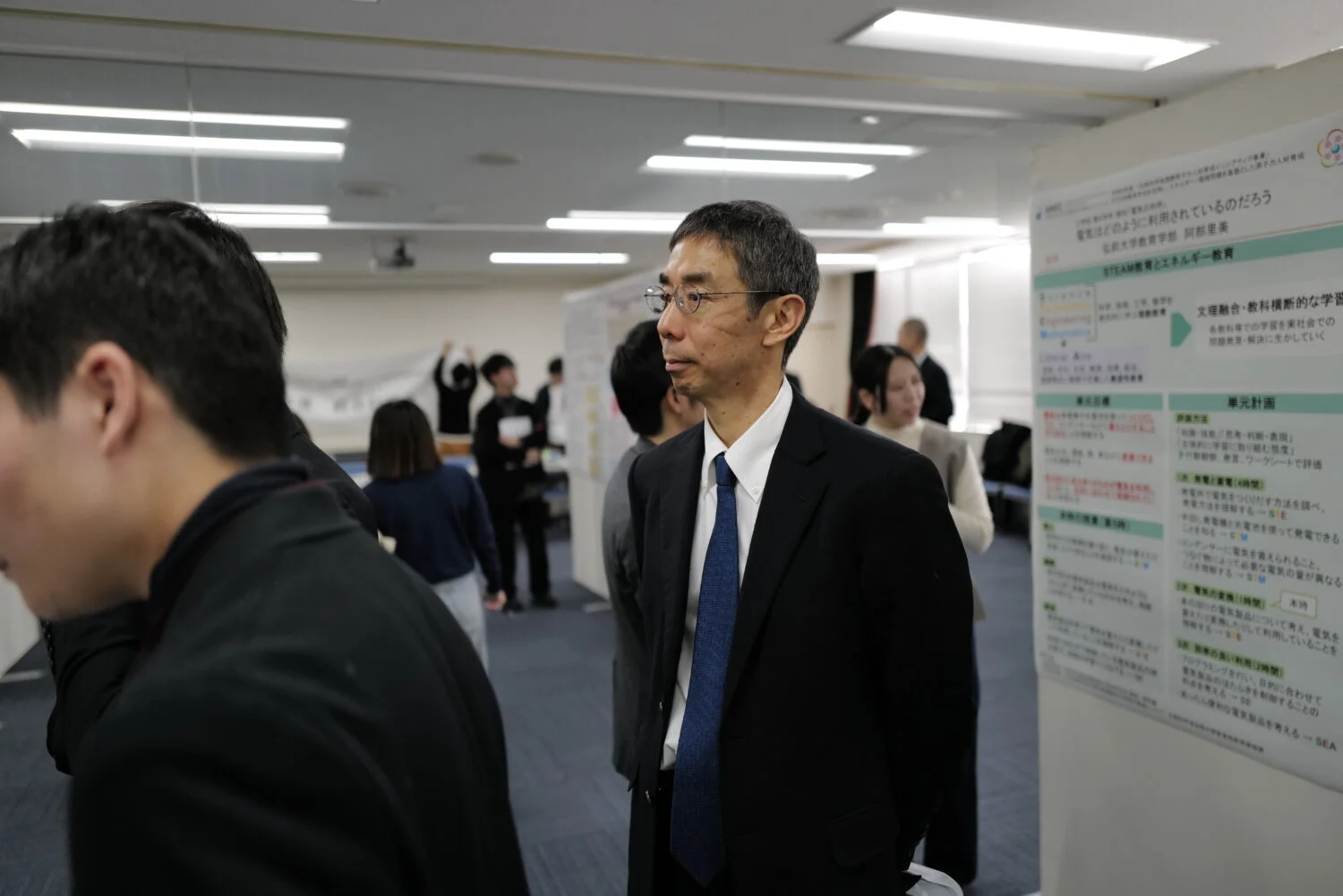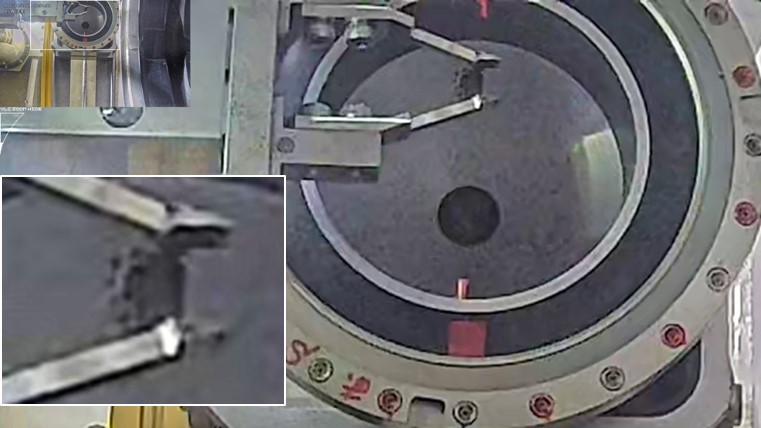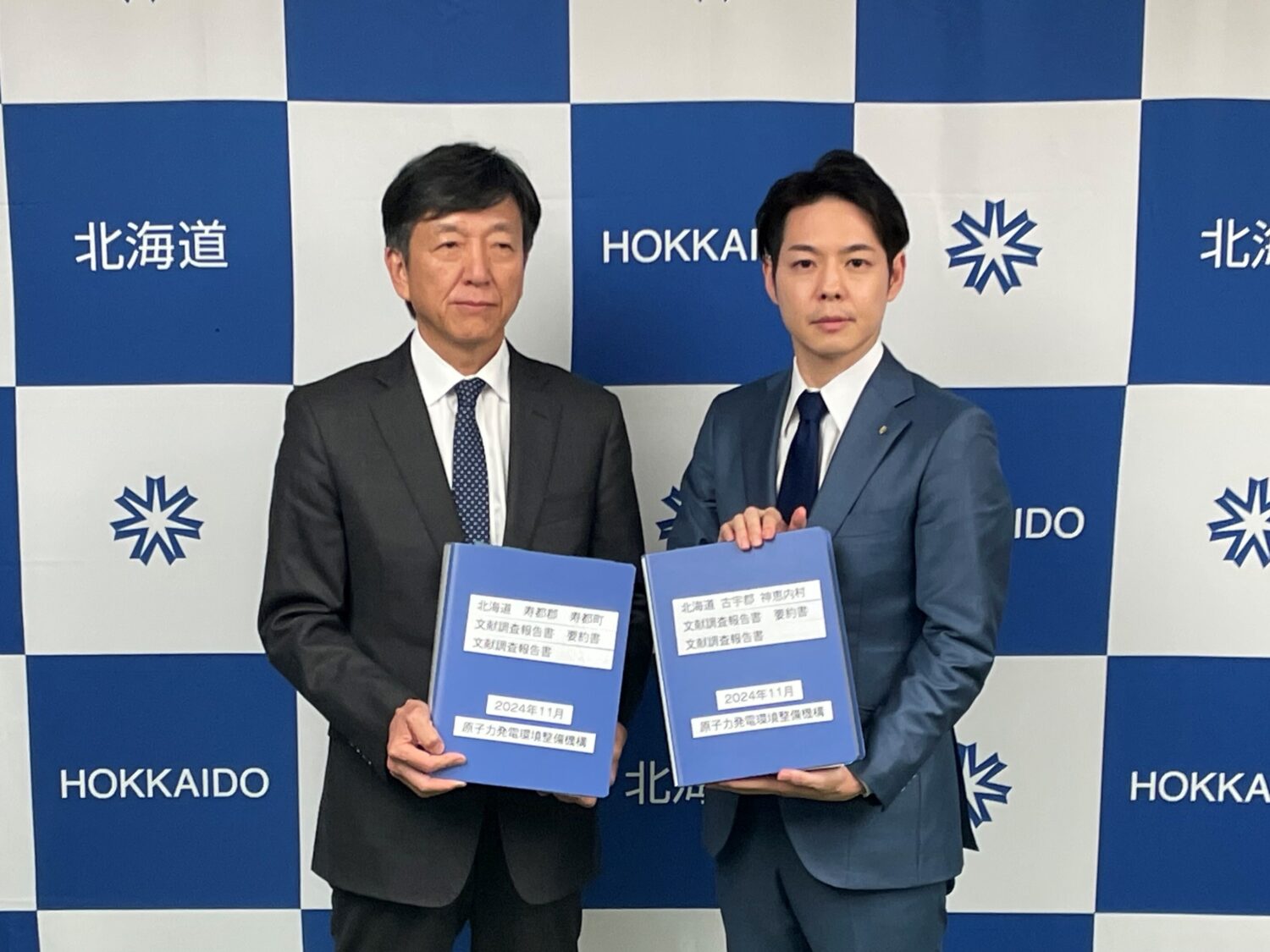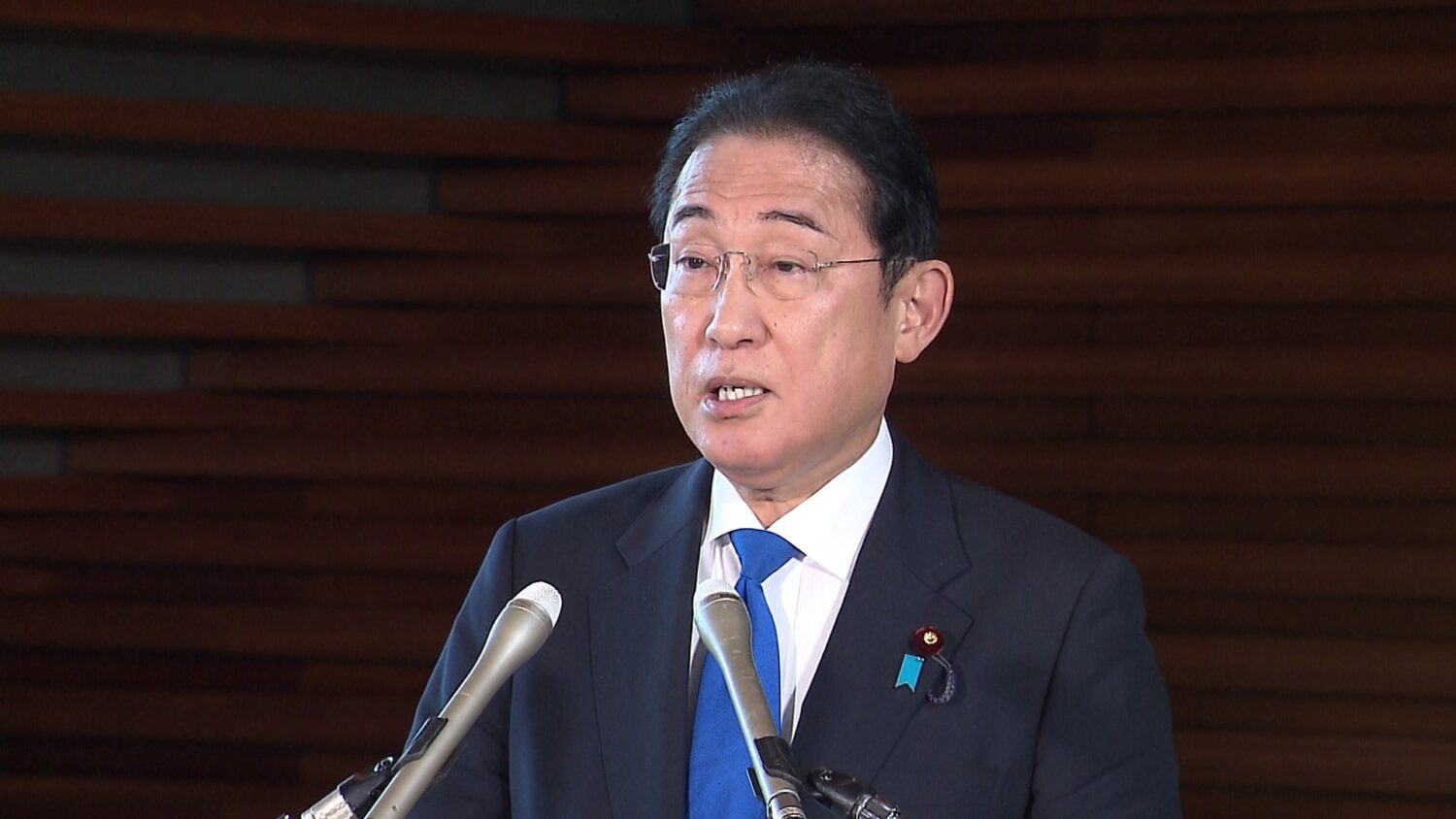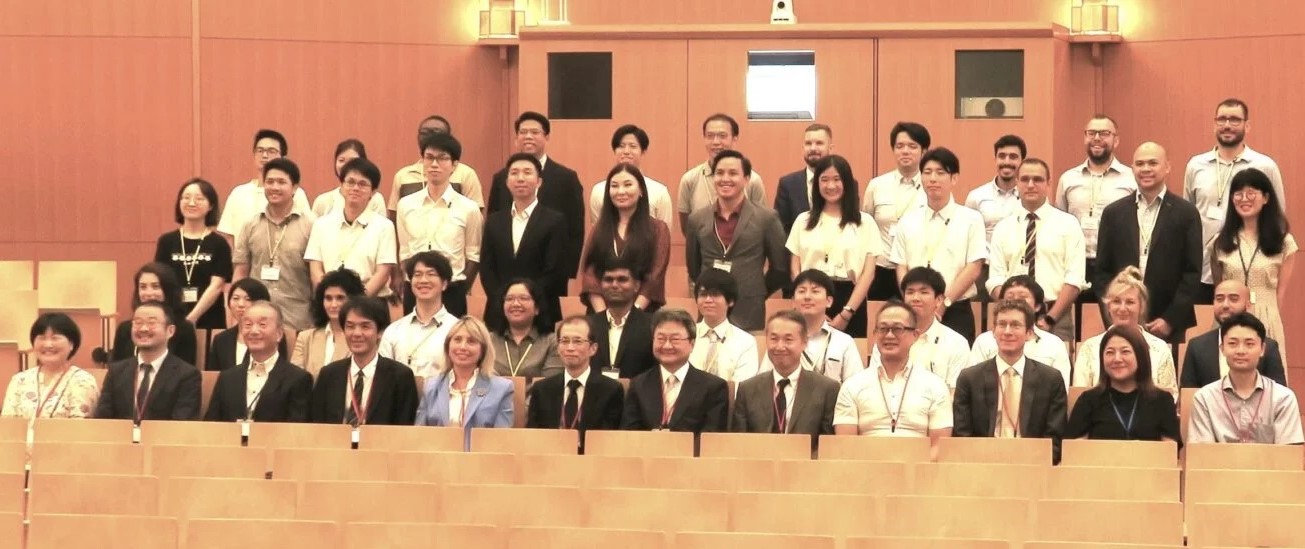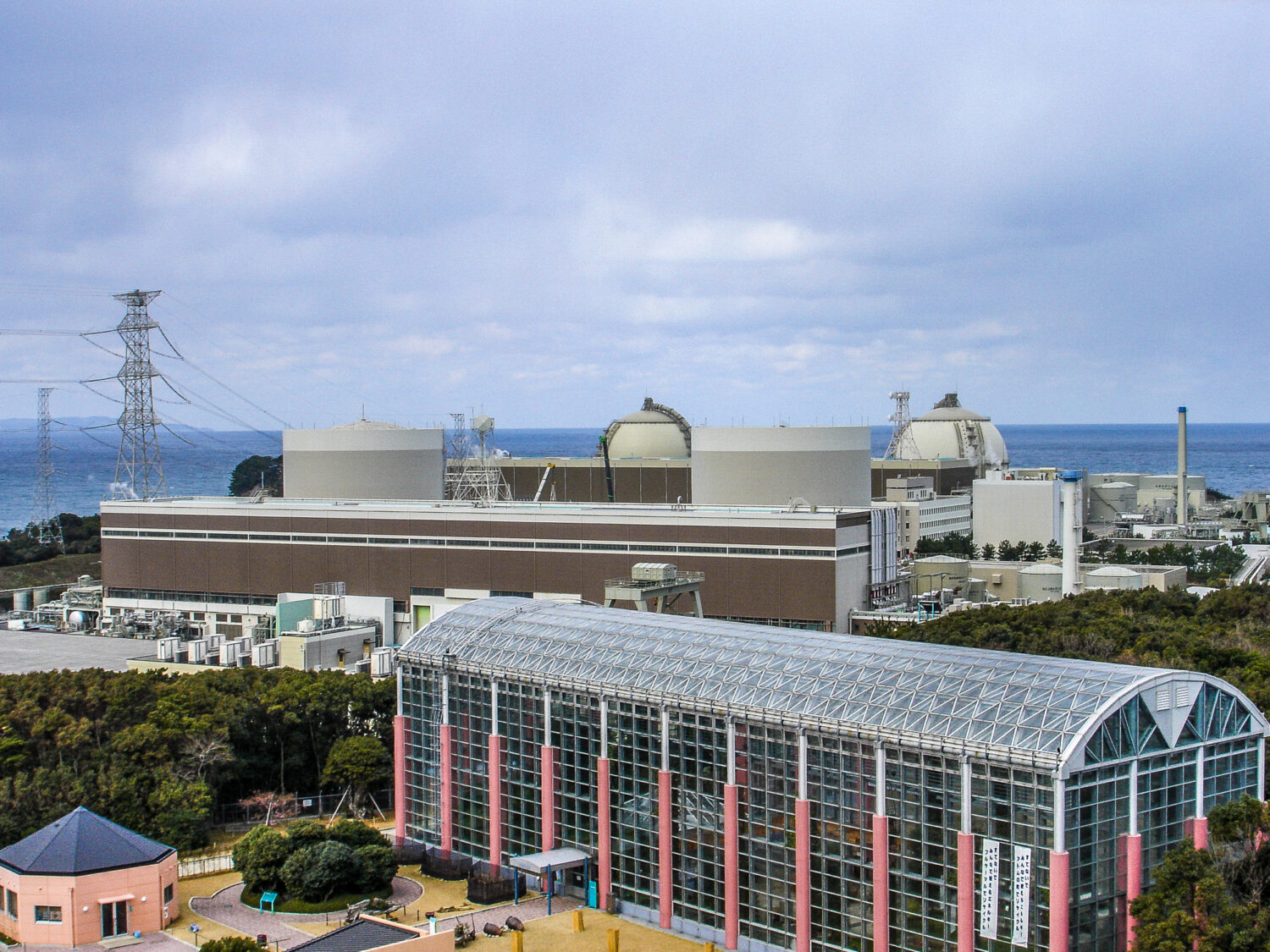Ono began by summarizing the current situation and stated, “Decommissioning has been making steady progress. We are one step away from initiating removal of fuel debris,” which he described using the Japanese word Hon-Maru, or “castle keep,” such as is in the “castle” of decommissioning work.
Regarding the handling of the ALPS-treated water, which is being carried out in accordance with the basic policy decided by the government in April 2021, TEPCO has obtained approval from the Nuclear Regulation Authority (NRA) for the design of equipment and facilities and the permission to operate them, and is now preparing for their installation.
Ono emphasized that TEPCO would share information regularly with foreign media globally, not merely with neighboring countries. He also explained the latest progress to the sixteen assembled reporters and representatives from foreign embassies. That included the removal of fuel from spent fuel pools, preparation for removal of fuel debris, and measures in the event of another tsunami.
Next, Matsumoto explained the securing of safety in the offshore release of the ALPS-treated water. He described key points related to equipment and facilities, along with an international review by the International Atomic Energy Agency (IAEA), and feeding trials of marine organisms as part of environmental monitoring. Toward the promotion of understanding by people everywhere, he said the company, through its portal sites, leaflets and more, would disseminate information not only in Japanese, but also in English, Chinese and Korean.
Some of the questions from the press touched upon measures for armed attacks and cyberattacks on Fukushima, given the situation in Ukraine, and on the compatibility between decommissioning and Fukushima reconstruction.
Regarding concerns about reputational harm as a result of the offshore release of the ALPS-treated water, Ono said that it was very important for people to “feel secure.” He also emphasized that the company would strive to provide accurate information in an easy-to-understand manner.
In relation to the removal of fuel debris, Ono referred to the total submersion method shown in the “Technical Strategic Plan 2022 for the Decommissioning” drawn up by the Nuclear Damage Compensation and Decommissioning Facilitation Corporation (NDF). He said that there were various issues, and that “nothing can be said for certain as of now.” He also said that it was necessary to “plant both feet squarely” and address questions of feasibility.
In the total submersion method, unlike the conventional method of filling the reactor containment vessel with water, the reactor building itself is fully encased in a new structure, which is then filled with water.



